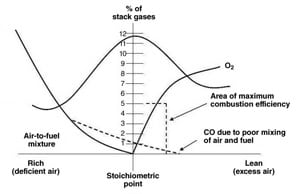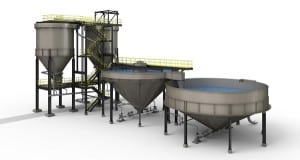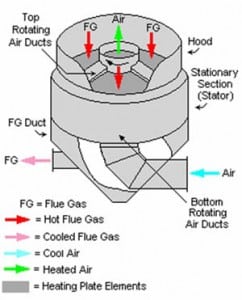COAL POWER Direct
-
Commentary
Stream Conductivity: It’s Not Just a Mining Issue
Coal mining, and related industries that consume coal, have attracted quite a bit of attention from the federal government as of late. Most of that attention has focused on how to further, or "better," regulate the industry. The EPA is now moving to regulate downstream conductivity of surface mining runoff.
-
Commentary
EPA Expands Climate Agenda to the Current Fleet of Power Plants and Refineries
On December 23, 2010, one day before the Yuletide season, when members of Congress, the media, and Tea Party activists are least likely to watchdog the federal bureaucracy, the U.S. Environmental Protection Agency (EPA) announced rulemakings to establish New Source Performance Standards (NSPS) for greenhouse gas (GHG) emissions from power plants and refineries. Or maybe "whispered" would be more accurate.
-
O&M
Continuous SO3 Monitoring Can Reduce Sorbent Consumption
An unintended consequence of employing selective catalytic reduction and wet flue gas desulfurization to reduce nitrogen oxide and sulfur dioxide levels at coal-fired power plants has been unwanted sulfur trioxide (SO3) emissions. Picking the right sorbent in the right amount can eliminate that problem.
-
Coal
Peabody: China, India Leading Coal "Supercycle"
While U.S. coal production has been stagnant in 2010, demand for coal in China and India has sharply risen this year and could represent the early stages of a "long-term supercycle" for the global coal industry, according to Peabody Energy, the world’s largest private coal company.
-
O&M
Flue Gas Analysis as a Furnace Diagnostic Tool
Combustion flue gas analysis has been used to optimize the boiler air/fuel ratio for decades. Measuring the amount of excess oxygen and/or carbon monoxide in combustion flue gases gives an indication of boiler efficiency and, thereby, plant operating economics. New sensors make those measurements simple and accurate.
-
Coal
EPA Regulations Accelerate Industry Shift from Wet to Dry Bottom Ash Solutions
Energy efficient and environmentally responsible dry bottom ash technologies will soon be required by regulation. Progressive companies will bring their plants into compliance early because it’s a good business strategy. Here are your compliance options.
-
Commentary
Restructuring Key to Cheaper, Cleaner Electricity
As the United States grapples with how best to address climate change and conservation—whether by taxing carbon, cap and trade, or setting higher renewable portfolio standards—an effective approach exists at the state level to reduce electricity producers’ carbon emissions: restructuring.
-
Commentary
Regulating the Regulators: WVDEP Forced to Issue Permits to Itself
On November 8, 2010, the U.S. Court of Appeals for the Fourth Circuit issued its decision in West Virginia Highlands Conservancy, et al. v. Huffman. It’s an opinion that should be of great interest to government agencies and others who find themselves in a position of seeking to remediate water quality problems left by third parties.
-
Commentary
Four Obstacles Facing Coal Power
Republicans picked up more than enough seats during the mid-term elections to assume control of the House, but don’t expect any relief from the administration’s war on coal-fired power plants.
-
O&M
Power 101: Improving the Performance of Boiler Auxiliaries, Part I
Boiler auxiliary equipment often receives no respect for the role it plays in maintaining efficient boiler performance. In this second installment of our Power 101 series, we examine the design and performance of the air preheater.




